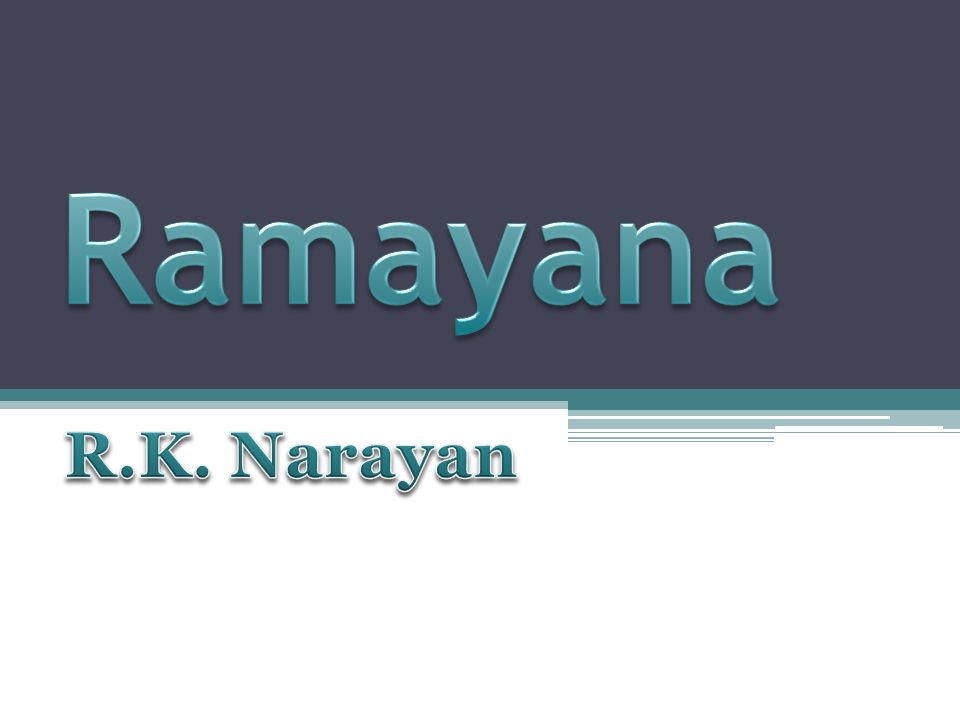

Rama being a warrior, is supposed to fight straight, and being righteous person, who is supposed to not harm anyone unnecessarily, forgoes both in this episode.

Rama tries to help Sugreeva to fight against his brother Vali.

That was a difficult chapter in Ramayana. I liked the chapter on Vali and Sugreeva, wherein the author does not mince words and shares about the ethical lapse of Rama. The story is well know, but the best part of this book are in the details. The introduction gives the details of the Ramanand Sagar's Television series and how India stood still when Ramayan was telecast on weekends. It follows Valmiki's script, instead of the Kamban, that I thought, I would expect from the South Indian author.

This is Narayan's narration of the famous Indian Epic, Ramayana. In this, she comes out victorious, at the same time leaving a lasting stain on Rama's name.The Ramayana: A Shortened Modern Prose Version of the Indian Epic by R.K. Sita emerges a woman that even the god of fire could not harm, earning a greater dignity than she earned from resisting Ravana and remaining pure (Kishwar 306). This is the way Sita establishes an identity for herself: because burning is a way to ensure that only what is pure remains (DeVore), submitting to trial by fire does not signify surrender to male orders, but an act of defiance that makes the male look bad. Even the gods become worried that Rama has lost sight of his identity (Narayan 150). Rama's cruelty towards Sita and her quiet acceptance of it challenges Rama's image as an exemplary moral being. After her return from Ravana's quarters-a social taboo-Rama has her jump into a cleansing fire to "honorour ancestors' codes and values" (Narayan 148-149). The most iconic woman in The Ramayana is Sita, and her husband Rama is the patriarch she faces. Rather than letting society suppress their identity, they are able to manipulate the values of their patriarchal society to serve their own motives, which are often ones of establishing honor for themselves. The leading females in the tale-Sita, Soorpanaka and Kaikeyi-upon analysis seem to wrestle with patriarchy. The Ramayana, which has had a decisive influence on Indian civilization, also contains underlying conflict concerning the illustrated society within the tale. Not only is the epic the blueprint for a perfect leader, but also a guidebook for the construction of masculine and feminine gender roles in ancient India. Narayan writes, "It may sound hyperbolic, but I am prepared to state that every individual among the five hundred millions living in India is aware of the story of The Ramayana." The Hindu psyche is filled with ideals installed in it by the lessons of The Ramayana, presented by motives, actions, and reactions. In the introduction to his translation of The Ramayana, R.


 0 kommentar(er)
0 kommentar(er)
